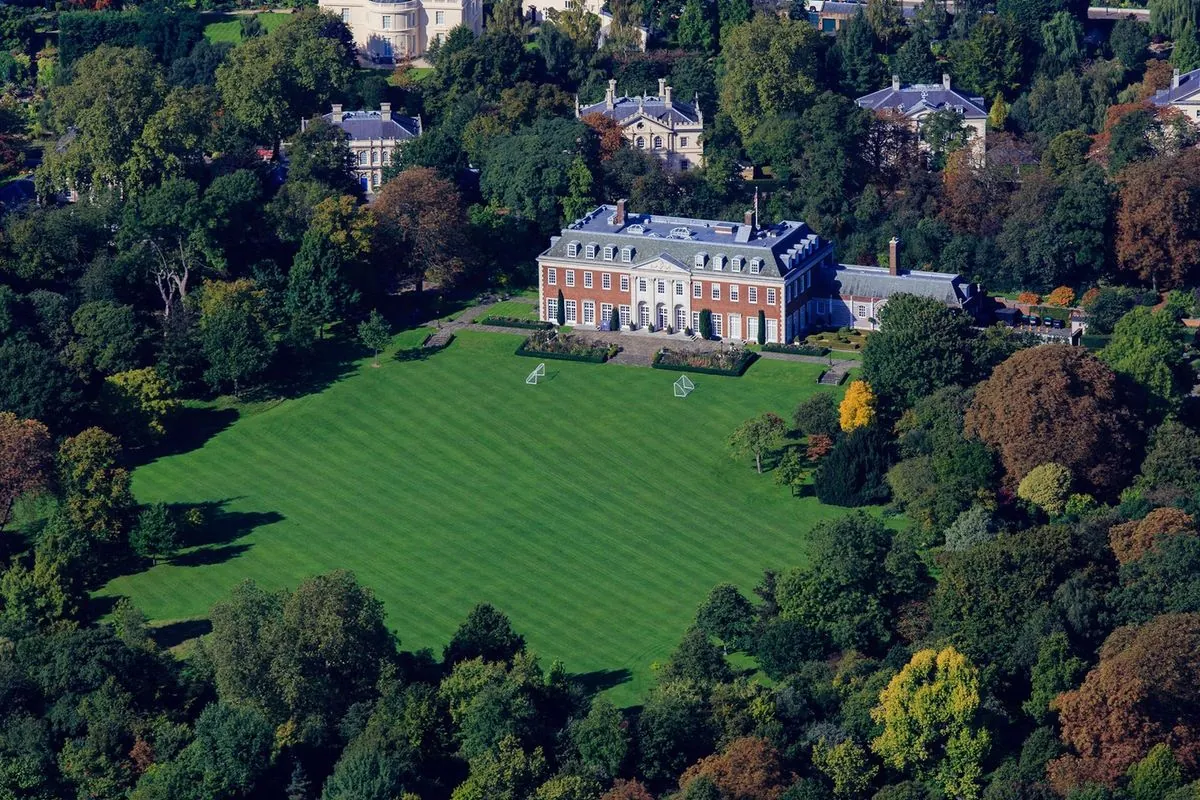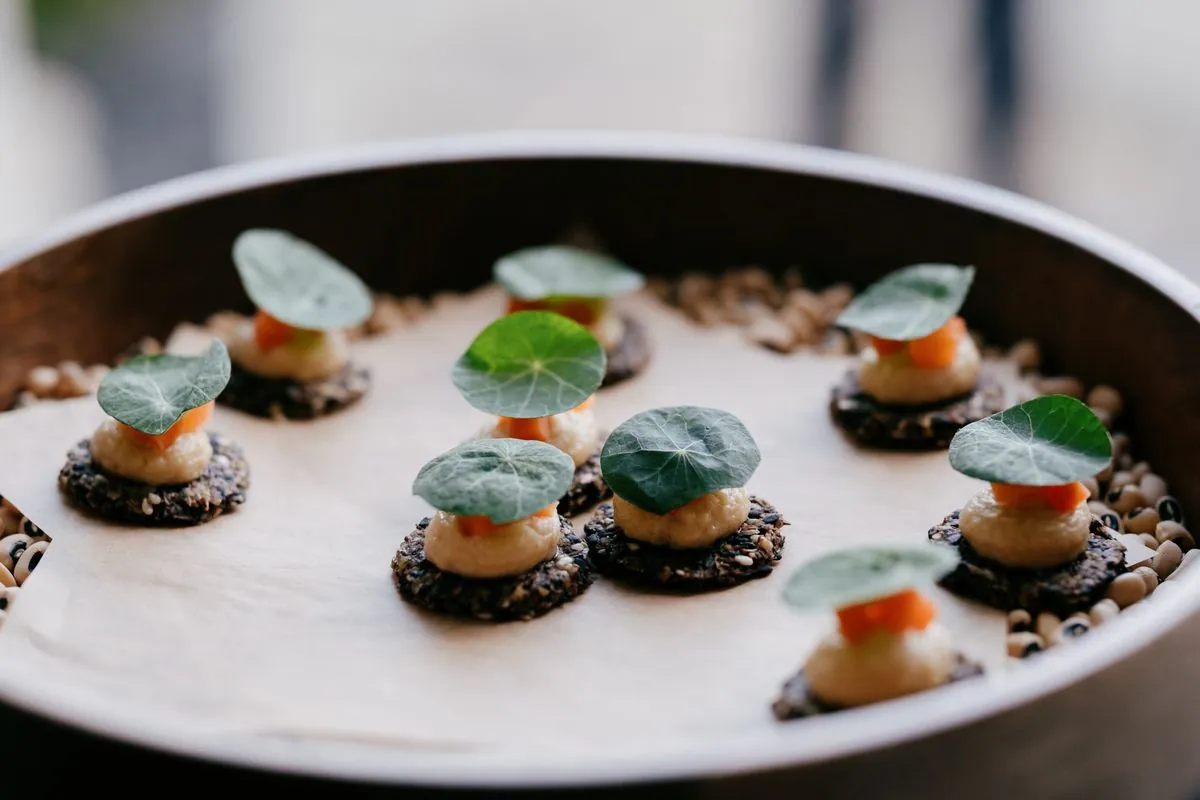Diplomatic Gardening: A 37-Year Legacy at Winfield House
Stephen Crisp's remarkable tenure as head gardener at the U.S. ambassador's residence in London comes to an end. His 37-year journey blended diplomacy, horticulture, and sustainability in a unique setting.

In 1987, Stephen Crisp embarked on a horticultural journey that would span nearly four decades at Winfield House, the official residence of the U.S. ambassador to the United Kingdom. This 12.5-acre property, nestled in the heart of London, presented a unique challenge for the then 27-year-old gardener.
"I was a bit underwhelmed. It was so much smaller than Leeds Castle, where I was head gardener, and the garden was — let's call it a sleeping beauty."
Despite his initial hesitation, Crisp recognized the garden's potential and accepted the position. Over the next 37 years, he would transform the grounds into a thriving diplomatic oasis, navigating the complexities of international relations through horticulture.
Winfield House, constructed in the 1930s for Woolworth heiress Barbara Hutton, boasts the second-largest garden in London, surpassed only by Buckingham Palace. The property features a five-acre lawn, crucial for hosting large-scale events such as the annual Fourth of July celebration, which typically draws around 4,000 attendees. This expansive space also serves a practical purpose, accommodating presidential helicopter landings without compromising the surrounding foliage.
Crisp's tenure saw him work alongside 11 ambassadors across seven presidencies, each bringing their unique vision to the grounds. To commemorate each ambassador's time at Winfield House, Crisp introduced a tradition of planting trees, predominantly of American origin. The inaugural commemorative tree, a liquidambar, was planted by Ambassador Charles Price in 1989.
Sustainability and cost-effectiveness have been paramount in Crisp's approach to garden management. His team of three horticulturalists employs eco-friendly practices, such as growing their own plant stock, producing compost on-site, and utilizing hand-watering techniques. The garden's resilience is evident in its ability to withstand periods of drought, with Crisp allowing the lawn to naturally recover with autumn rains rather than resorting to excessive irrigation.

The garden's design reflects a harmonious blend of American and English elements. While featuring North American tree varieties capable of thriving in Britain's changing climate, Crisp emphasizes that "it is not trying to reproduce a piece of America; it is an English garden." This approach is complemented by the gardens at the new U.S. Embassy in southeast London, which showcase various American climatic zones.
Crisp's role extended beyond mere gardening, often requiring diplomatic finesse when working with ambassadors and their spouses. He adeptly balanced their desires for personal touches with the garden's historical significance and practical requirements. This skill was particularly evident in his handling of potentially disruptive ideas, always maintaining a respectful dialogue while preserving the garden's integrity.
As Crisp retires in 2024, he leaves behind a legacy of horticultural excellence and diplomatic acumen. His work at Winfield House stands as a testament to the power of gardens in fostering international relations and providing a serene backdrop for high-level diplomacy.
"I am only a temporary custodian."
With these humble words, Stephen Crisp concludes his remarkable tenure, having nurtured not just plants, but also the delicate art of garden diplomacy at one of London's most prestigious addresses.


































